Polar/Arctic Animals and
The Arctic is a habitat. It is at the top of Earth. The Arctic would have an average of -30 C in the winter. There is lots of snow in the Arctic. Some animals that live in the Arctic are a Snowy owl, Polar bear, Arctic tern, Seal, Arctic fox, Arctic squirrel, and Caribou.
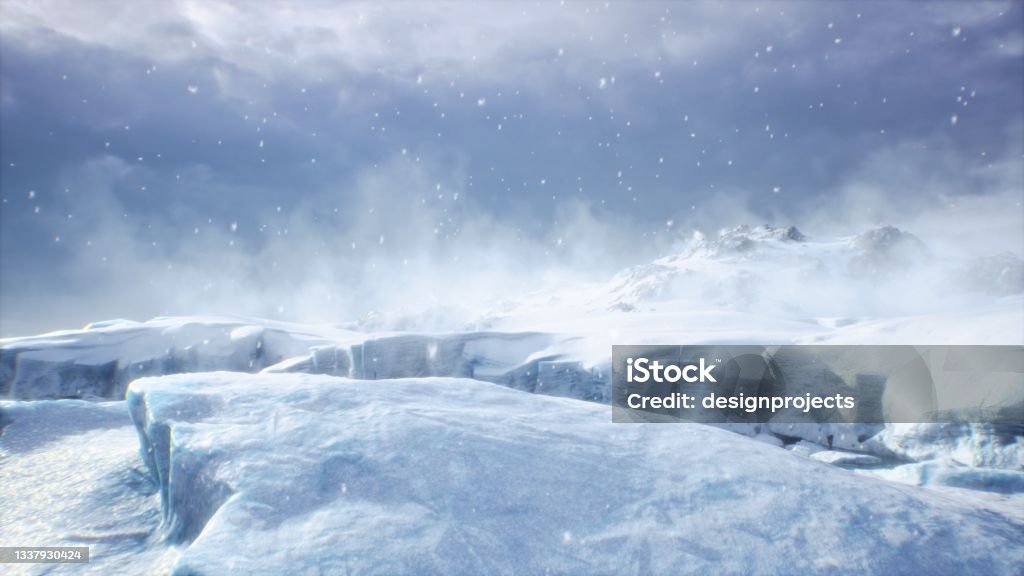
Animals warmth
Animals that live in the Arctic have to stay warm. Many animals need to have thick fur or thick skin to live in the Arctic such as the Polar bear or a Arctic fox.
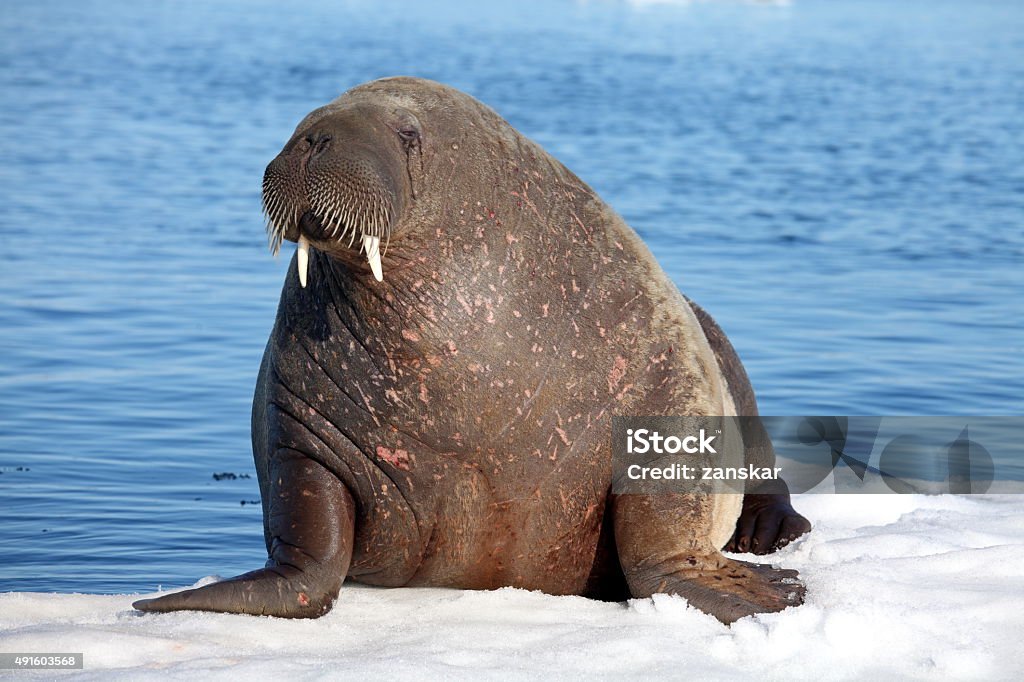
Polar/Arctic oceans
There is an ocean in the arctic. It is called the Arctic Ocean. There are layers of thin and thick ice laying over some parts of it and some animals use the ice to rest and others use it to rest and fish inside the little holes of ice. And if you go further over or on the ice you can see giant ice bergs/cubes floating on the ocean. if you manage to get underwater u can see that the ice bergs/cubes go deep down because some of the water froze underwater while it was next to the ice berg/cube.
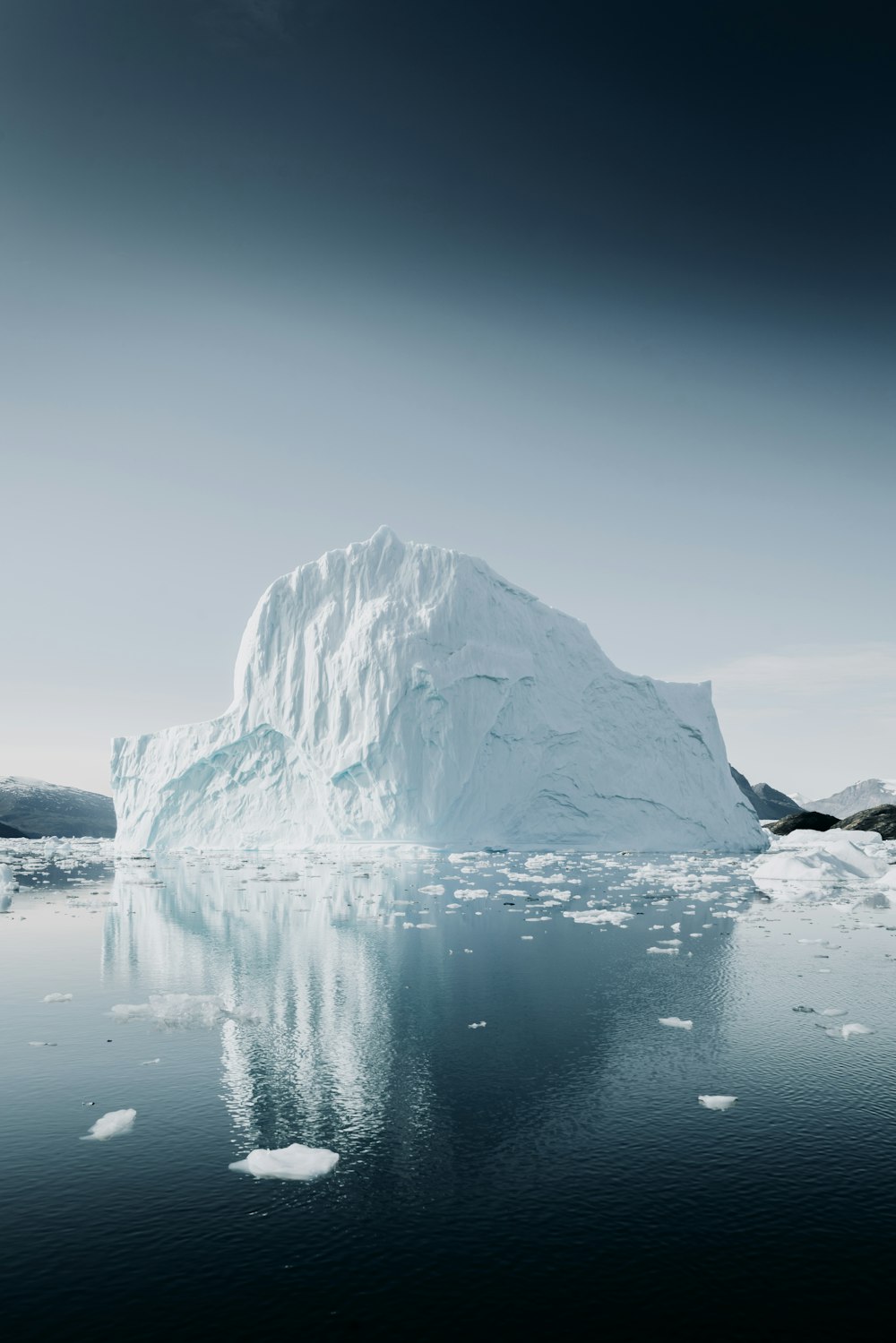
Plant life
Some plants in the Polar habitat are lichens, arctic willows, mosses, and an algae. These plants are able to survive the tough climate of the Polar habitat They are also able to survive other harsh climates. Allowing them to grow in a bunch of areas
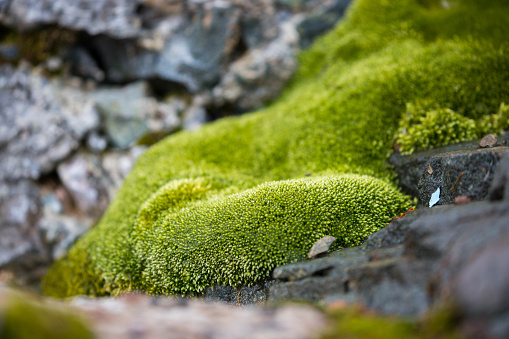
Polar foods
Some of the most common foods in the Polar habitat are Live stock and meat. Some animals such as penguins and polar bears would go in or above the water and wait for a fish to come along. They would either grab it with their hands or mouth.
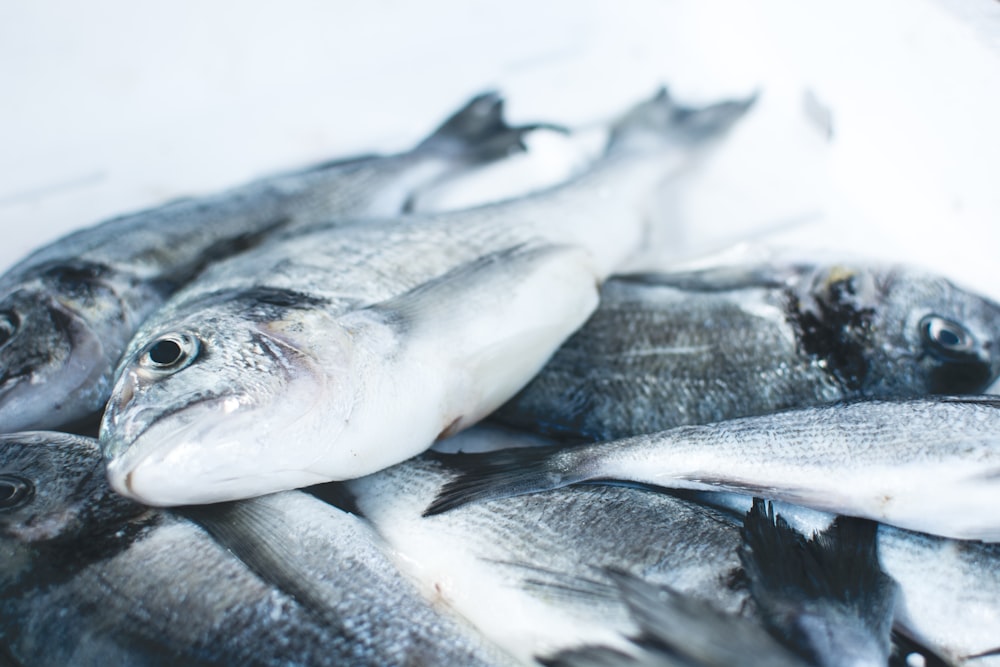
Human impact on the Polar habitat
Humans impact includes: killing animal life up to the point of extinction for economic benefits, Leaving sewage in the oceans, contaminating soils plants and other nutrients, disturbing animals, and Global warming.




